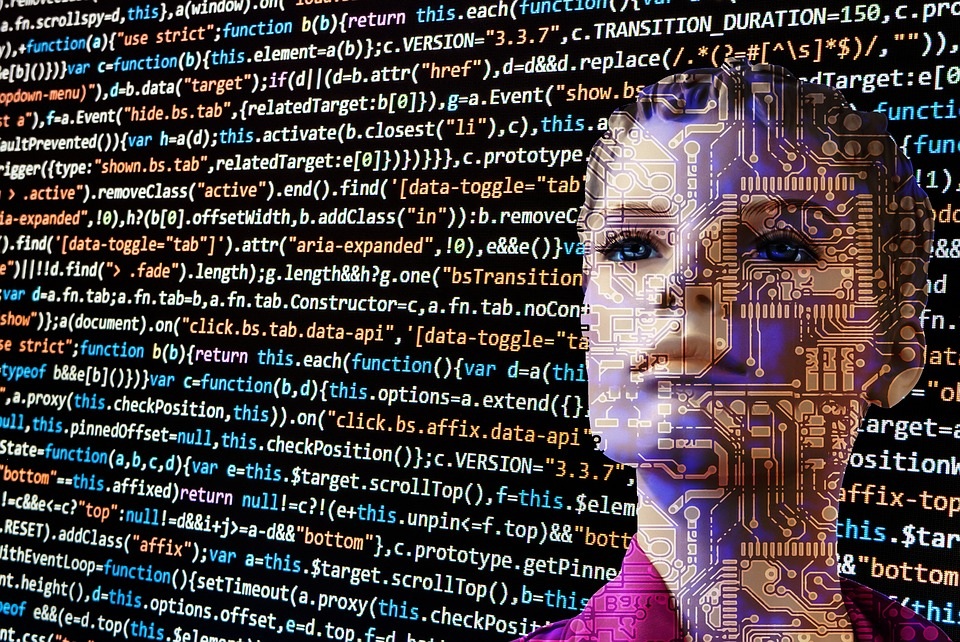This question may seem to be a cause for concern for companies and, in a wider sense, corporations (since protocols are more crucial to corporate quality standards). However, when it comes to quality of life, individuals may soon have to ask the same question. You must have a protocol—even if not on paper—on how to act properly against foreseeable risks so as to preserve your quality of life. Most of the time, we know instinctively what to do in the event an elderly relative has a health problem, or your wife is going through pregnancy, or a relative has an accident or is dealing with a problem. But, are you ready for the greatest cyber-security risk of the era?
Protocols ensure quality standards, but how about the security standard?
Total Quality Management used to be one of the most coveted development areas, despite its waning significance for corporations. It was common for companies to compete with each other while going through long and arduous efforts with accreditation companies to amass new ISO quality certifications. Quality was measured by the highest level of benefit from the product or service for the customers or the end-users. Consumers perceived quality based on objective criteria, such as the most durable, most healthy, most tasty, or most developed functions depending on the product or service type. ISO stands for the International Organization for Standardization. It is an organization that establishes quality standards and has 164 members, each from a different country. The ISO measures value that is not directly the quality of the end product or service. It aims to establish quality by instituting a standard on the operation and production processes. What makes this possible are the written p rotocols that establish a standard on business systems.
Security protocols are vital for all
Protocols on areas of security are vital. There are protocols in place for any emergency. In the United States, you would call 911 in an emergency or 112 in another country. Work safety protocols that the employees must follow at an iron and steel plant or an oil refinery differ from those at a construction site. Different protocols are enforced for each emergency situation that may arise at a health or education institution. When security is at stake, awareness and sensitivity for protocols become greater. Compliance with protocols by those in charge sets the tone for the security of themselves and others.
The dawn of the digital era brought on a swift transformation in the conditions of online security. Today, life is no longer just about the physical entity of the earth we live in. When we get up in the morning, we probably say good morning to the people on our social network before those in our homes. The person we confide may not be someone close to us physically but someone on another continent. We hold job interviews, not in the meeting rooms of the companies we hope to work at, but on the work desk of our home by connecting to the HR manager on a program like Zoom, Google Meeting, Skype, or WhatsApp at an appointed time. We click on the internet banking application on our computer or mobile phone, rather than going to the bank branch just a couple blocks away. Consequently, the quality of our online life depends on cyber-security.
Social engineering has not played its deepfakes trump card yet
Digital transformation and online social lifestyle are areas of social engineering. Wikipedia explains, “Social engineering is the effort to scheme people into providing certain information by taking advantage of their weaknesses through various persuasion and deception methods. It involves techniques aimed at changing people’s decision-making process.” So, the cyber-hackers dictate your lifestyle, your online value judgments, behavioral patterns, and reactions. Usually, multiple cyber methods are utilized simultaneously, once the determination has been made on the means and techniques to dupe you in the fastest, easiest, and most harmful way. Your security vulnerability and weakness are exploited before you even get a chance to know what is going on. Deepfakes are the next step in the cyber-attacks that are driven by social engineering, according to Rod Soto, an independent cybersecurity expert. That is why you need to have an anti-deepfake protocol in place from today, along with o ther cybersecurity measures.
Voice cloning technologies herald the onset of deepfakes
Zero-day attacks come on the day when security vulnerabilities are discovered. Thus, you have no time to alleviate the weaknesses. But, deepfakes are striking with ferocity. Fast and eerie developments, especially in voice cloning technology, are threatening the authenticity of all calls made on digital devices through any communication technology, particularly GSM. For now, only prominent personalities are chosen as victims, probably because of the high cost of synthesizing and manipulating voices for malicious intentions. Rod Soto, a cyber-security researcher, explained to CNN Business that crime syndicates find investors to fund their schemes for big loots from wealthy victims. Traffic or airport noises are used in the background to make the cloned voice sound more convincing. From the way it looks, future victims will not necessarily have to be prominent politicians or company CEOs. As deepfake technologies advance with AI-based deep learning algorithms, it will not be possible t o repel social engineering attacks with a sharp mind or trained eyes and ears alone.

Which authentication tools to use on your anti-deepfake protocol?
The social engineering aspect of the deepfake threat is similar for online corporate and individual users. Social engineering attacks on corporate targets are implemented by manipulating individual online users who work as an employee or executive at the company. This requires individual online reflexes to be improved by an anti-deepfake protocol. We take measures beforehand for the older or pregnant family members even if they are in good shape. Similarly, we need to be on high alert against the deepfakes threat.
The phone call may appear to be from the person you know. It may be that very person we speak to and see on the audio or video call. That person may even send the same message in writing from a personal or corporate email account. Still, the first step of the security authentication must include being constantly aware and skeptical about the fact that the person you are talking to may not be who you think he is.
As deepfake technologies advance and become harder to detect, it will be necessary to implement anti-deepfake protocols that contain multiple controls and authentications. This means multi-layer security “scanning” on multiple devices to verify whether or not the audio and images received from digital tools and online channels are synthetic and fake.
Deepware Scanner: A candidate to become the most important authentication tool for your anti-deepfake protocol
Available on the deepware.ai website by Zemana for online individual and corporate users, Deepware Scanner provides AI-based technological support to scan received digital audio and images for deepfakes. You can scan for deepfakes by adding the link for the digital audio or image content on the deepware.ai website or by uploading the content on the system as a file, making this process the fundamental item of your anti-deepfake protocol for all your content. You could even integrate the Deepware Scanner into your corporate system by taking advantage of the fast-advancing authentication performance, which is at 93%.
Multi-Factor Identity Authentication against real-time attacks
Anti-deepfake protocols must be backed with Multi-Factor Identity Authentication (MFA) applications, especially for organizations and companies. Any combination of two or more factors is used as protection against fraudulent access. For instance, as is common practice in banking applications, a password is used along with an SMS code sent to the mobile device. This serves as a two-factor identity authentication performed online for access and operation authorization. When one of the factors is compromised, the system still remains secure. Anti-deepfake protocols developed against real-time deepfakes threats could contain updated security questions and passwords or multiple identity authentication methods such as is the case in multiple meeting sessions. As a way to authenticate that the person you are speaking to is really the person you think he is, the person in question may be asked to quote a secret password while also answering a pre-determined security question. This could be a measure to resort to rather than simply complying with the risky requests and instructions received during the meeting. Moreover, terminating the meeting and calling back to verify the identity could be one of the authentication methods to be applied.

While all these measures may seem over the top, the threat of deepfakes is real. We may have a chance to elude deepfake-based social engineering attacks without sustaining any harm if we gain cybersecurity awareness with no shortfalls or deficiencies and employ meticulously developed anti-deepfake protocols and advanced security tools.
The world is no longer a safe place. We need to reshape the flow of daily life by staying alert against any unexpected threats and by taking measures to prevent us from getting fooled easily. Naturally, this is not a paranoiac or asocial detachment from life. On the contrary, it is adapting safe socializing as a way of life. So, don’t delay and establish your anti-deepfake protocol today.
